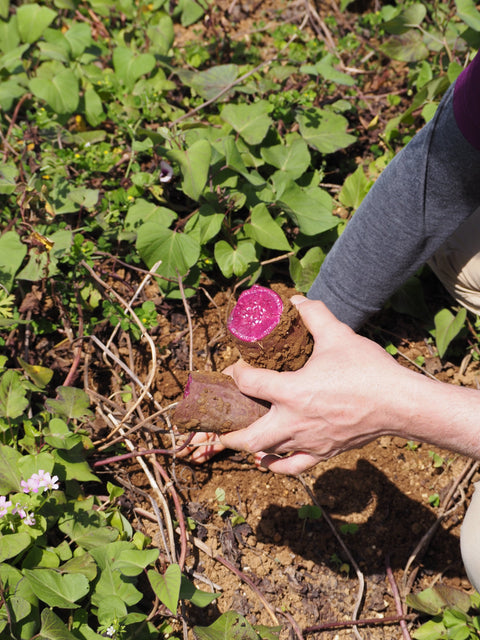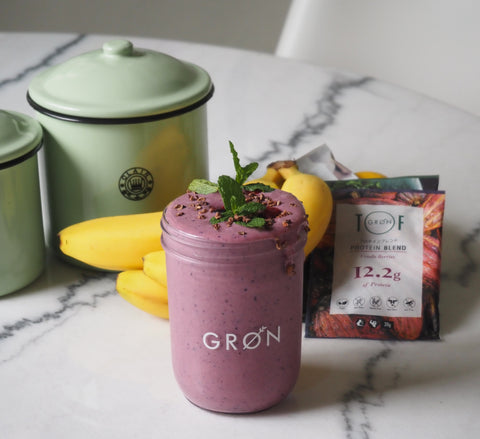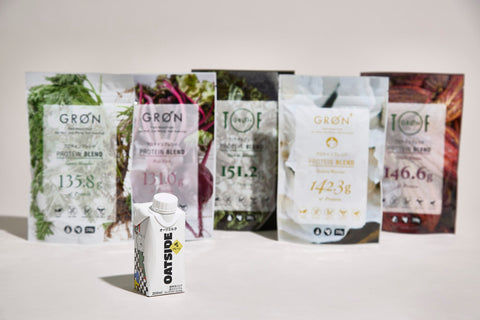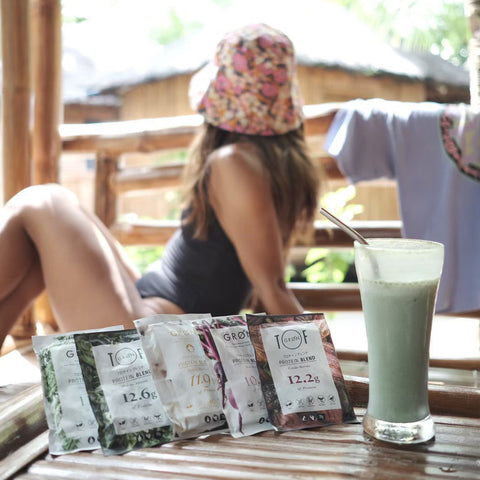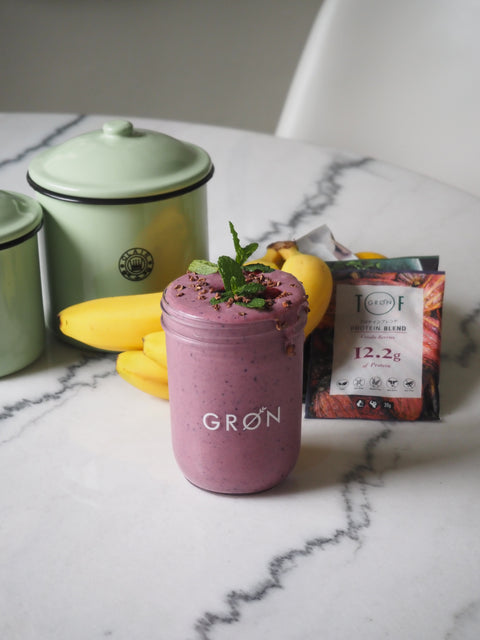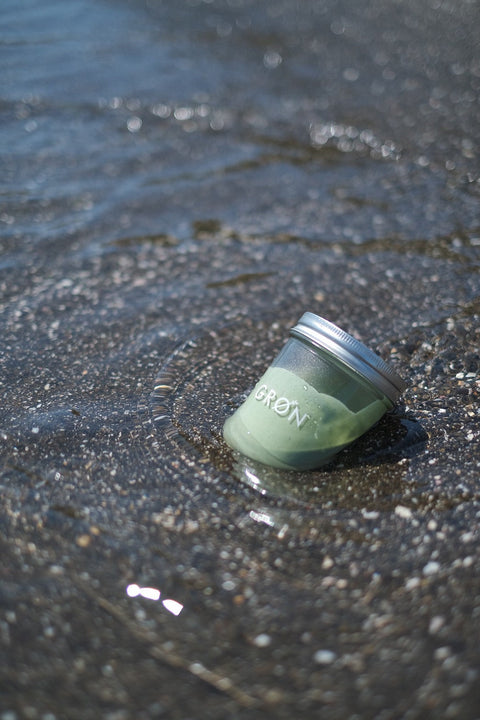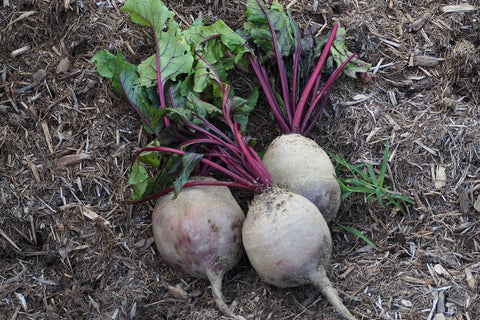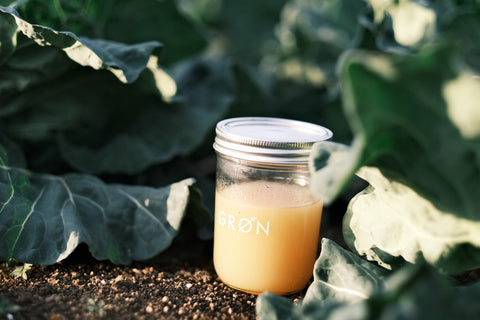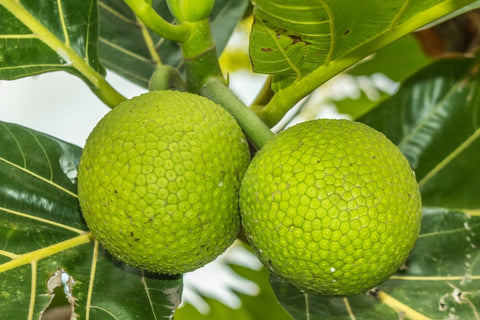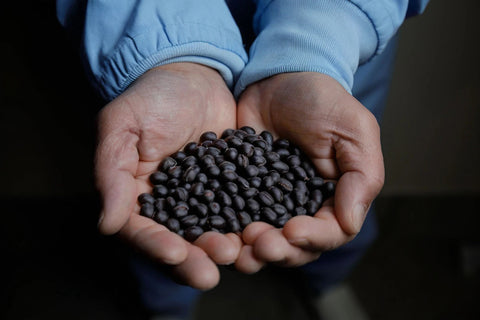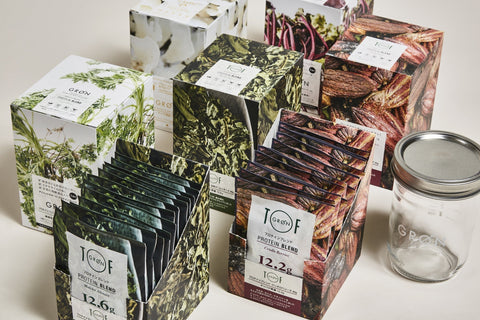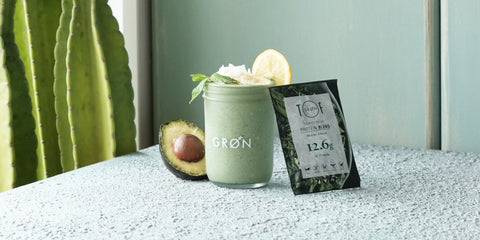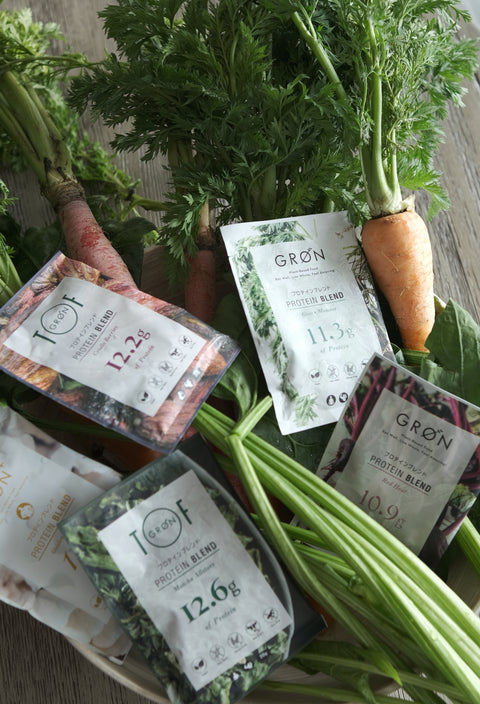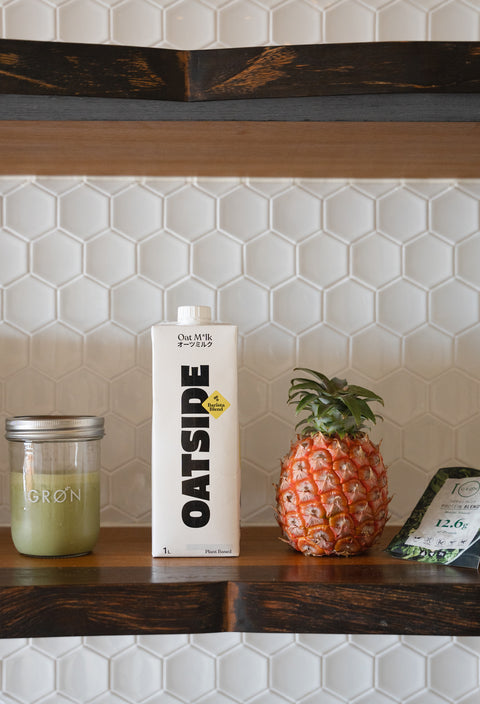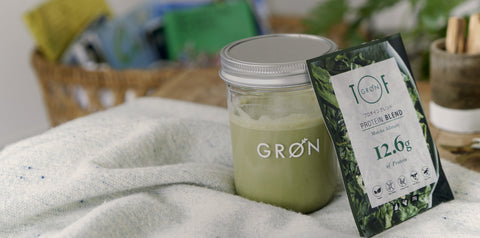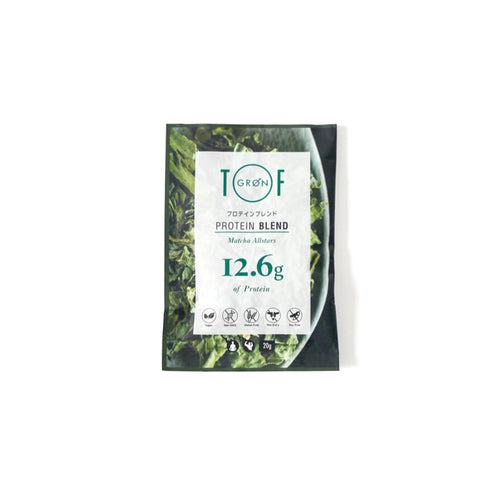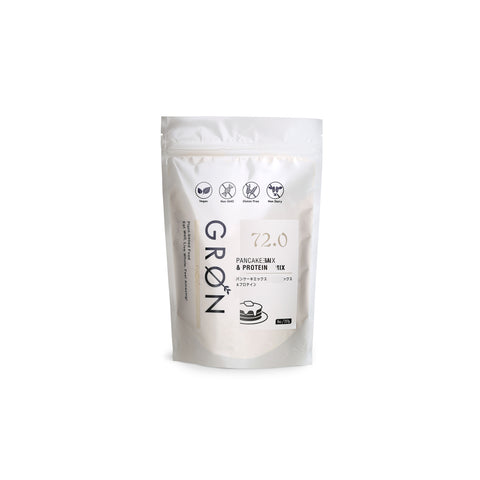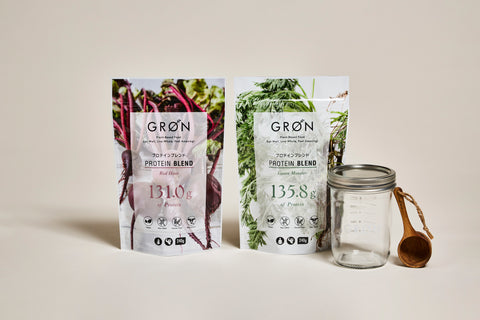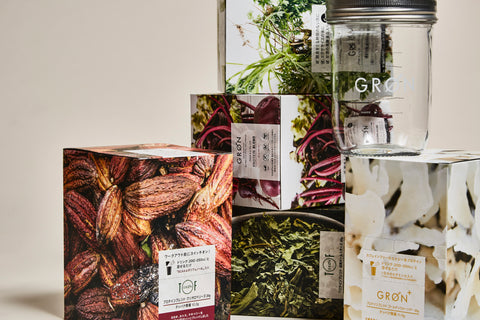Learn about Lactic Acid Bacteria ~Nutritionist's Column Vol.75
This is about intestinal bacteria, which I explained in my column the other day.
"Probiotics and Prebiotics" in the Intestinal Health Column by a Nutritionist Vol. 71 (Part 2)
This time, I would like to take a deeper look at lactic acid bacteria, a bacteria that we often hear about and which was mentioned in this article.

Lactic acid bacteria and foods that contain lactic acid bacteria
Lactic acid bacteria is a general term for bacteria that are one of the good bacteria that help regulate the intestines and break down sugars to produce lactic acid.
Lactic acid bacteria are broadly classified into two types: spherical "lactococci" and rod-shaped "lactobacilli."
They are then further classified into genera and strains, and it is said that there are ultimately more than 200 species.
Lactic acid bacteria are found in the intestines of humans and animals, but they also exist in various other forms and fermentation patterns throughout nature and in the food we eat.
Fermented foods are considered to be rich in lactic acid bacteria.
Among them, cheese, yogurt, kimchi, and pickled vegetables are representative.
Animal-based and plant-based lactic acid bacteria foods
Now, let me explain about animal-based lactic acid bacteria foods and plant-based lactic acid bacteria foods.
About animal lactic acid bacteria foods.
First, animal-based lactic acid bacteria foods.
This refers to foods that have been fermented by adding lactic acid bacteria to dairy products such as milk.
It is produced when lactic acid bacteria break down the lactose contained in milk, and refers to products such as yogurt, cheese, and lactic acid bacteria drinks that contain milk as an ingredient.
Let's use yogurt, a typical example of an animal-based lactic acid bacteria food, as an example.
Yogurt is originally made by lactic acid fermentation using two types of bacteria: Lactobacillus bulgaricus and Streptococcus thermophilus.
*From the International Food Standards (Codex)
Lactobacillus bulgaricus is a type of lactic acid bacterium (a long, rod-shaped lactic acid bacterium).
Although the Bulgarian bacteria itself cannot live in the intestines, it serves as food for the good bacteria and lactic acid bacteria in the intestines, so consuming it can help improve your intestinal environment.
On the other hand, thermophilic bacteria are lactococci (spherical lactic acid bacteria).
Thermophilic bacteria support the growth of Bulgarian bacteria, so they are used together during fermentation.
However, what is sold in Japan as "yogurt" actually refers to "fermented milk," which refers to any product made by fermenting milk with lactic acid bacteria or yeast, and there are many products that do not use Lactobacillus subtilis or Lactobacillus thermophilus.
Different products contain different types of lactic acid bacteria, such as Lactobacillus gasseri, Lactobacillus acidophilus, and Bifidobacterium, so we recommend that you check before purchasing whether the lactic acid bacteria has the effect you are looking for.

About plant-based lactic acid bacteria foods.
Next is plant-based lactic acid bacteria food.
This refers to foods that contain lactic acid bacteria and are produced by fermenting plant-based foods.
Examples include kimchi, pickled vegetables, pickles, miso, sake, amazake, and tempeh.
Plant-based lactic acid bacteria foods contain less fat than animal-based foods and can be consumed without putting a strain on the body.
It is also resistant to salt, acid, and alkali, and has the ability to survive in harsh environments, so it reaches deep into the intestines alive and provides strong support for the good bacteria.
There are over 200 types of plant-based lactic acid bacteria, including lactic acid bacteria (Leuconostoc mesenteroides) found in pickles that reduce bad bacteria and improve the intestinal environment by making the intestines acidic, lactic acid bacteria (Lactobacillus brevis) that is expected to regulate the intestines and improve immunity, and lactic acid bacteria (Tetragenococcus halophilus) found in miso, more than 10 times the number of animal-based lactic acid bacteria.
In addition, there are lactic acid bacteria such as Lactobacillus casei that are present in both animal and plant foods, so please understand that the distinction between plant-based and animal-based lactic acid bacteria is based solely on which foods they are contained in.


Plant-based lactic acid bacteria attracting worldwide attention
As food cultures become more diverse, foods containing Asian plant-based lactic acid bacteria, which have a unique sour flavor and excellent preservation properties, are becoming more widely available around the world.
This is accelerated by the properties of plant-based lactic acid bacteria, which reach the intestines directly and improve the intestinal environment.
In addition, the effectiveness of the product can be further accelerated by incorporating oligosaccharides and dietary fiber, which serve as food for the lactic acid bacteria.
The number of good bacteria decreases as we age, and can also be reduced by stress, diet, and other factors.
Making an effort to consume high-quality lactic acid bacteria and being conscious of eating a healthy diet that supports it will lead to an intestinal flora dominated by good bacteria, which will produce a variety of benefits, such as improving constipation, lowering cholesterol levels, improving immunity, and suppressing allergies.
Fermented foods were created as preserved foods for the winter and have since become an integral part of the Japanese diet.
In addition to its cultural significance, let's also consider it as a superfood rich in lactic acid bacteria, which have a powerful effect on the intestines, and incorporate it into our daily lives.

Purchase GRØN plant-based protein here .
——————————————————
Nutritionist, Food Education Instructor, Food 6th Industrialization Producer Level 4
Ayako Ishihara
A nutritional advisor in the healthcare field and an agribusiness professional.
She is involved in a variety of activities specializing in the fields of beauty and health, including giving lectures to Miss World Japan candidates.
With the philosophy of "enriching the mind and body through food and realizing a vibrant society where people and communities are connected," he founded i-Field Co., Ltd. in 2013 and serves as its representative.
He is a core member of the food team for "DINING OUT," which opens outdoor restaurants in various regions, and also participates in fashion brand projects.
She is also involved in the promotion of local ingredients, product development and production specializing in "health" and "beauty," branding, concept design, food hygiene, sales promotion, training planning and management, etc. She is in charge of nutritional supervision for GRØN's product development, proposing ways to incorporate them more effectively into consumer health.
——————————————————







